The history of trumpets is more juicy than reality TV drama and more fascinating than your next holiday mystery novel; so if you think the trumpet is just a shiny, loud instrument in the corner of the orchestra, think again!
From biblical shofars to medieval war horns, the trumpet has played pivotal roles in ceremonies, battles, and, yes, even for some royal show-offs. This isn’t just about music; it’s about a journey through time where the trumpet-shaped moments in history.

Fast forward to the 20th century, and Louis Armstrong makes jazz feel effortlessly cool with his trumpet. The transformations and tales in between are not just music to your ears—they’re history that’ll blow your mind!

From Conch Shells to
Brass Bells


Trumpets may be made of brass now, but they started as nature’s party horns—conch shells and animal horns. Long before your shiny brass trumpet existed, ancient Egyptians were busy blowing on horns made of bronze and copper.
In Jewish ceremonies, the shofar—a ram’s horn—was used for severe occasions. At the same time, the ancient Chinese and Scandinavians made horns, showing that horns were famous everywhere. Talk about a well-traveled family tree!
The Highs and Lows:
Pitch, Tubing, and All That Jazz

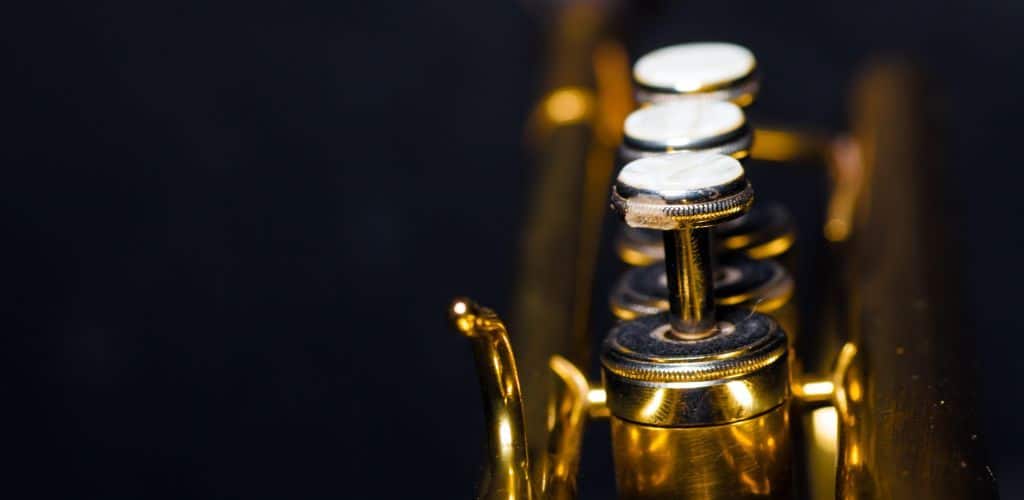
Trumpets weren’t always the versatile masters they are today. Early natural trumpets relied on the harmonic series and embouchure, which meant they had a limited range—you could say they hit a few wrong notes during their evolution.
Then, valves came along! From the rotary valve to piston valves, the 19th century saw the trumpet’s abilities grow dramatically.
The pitch could be changed easily, letting players switch from sweet serenades to jazzy improvs. Goodbye limitations, hello musical flexibility!
Battle Horns to
Orchestral Stars
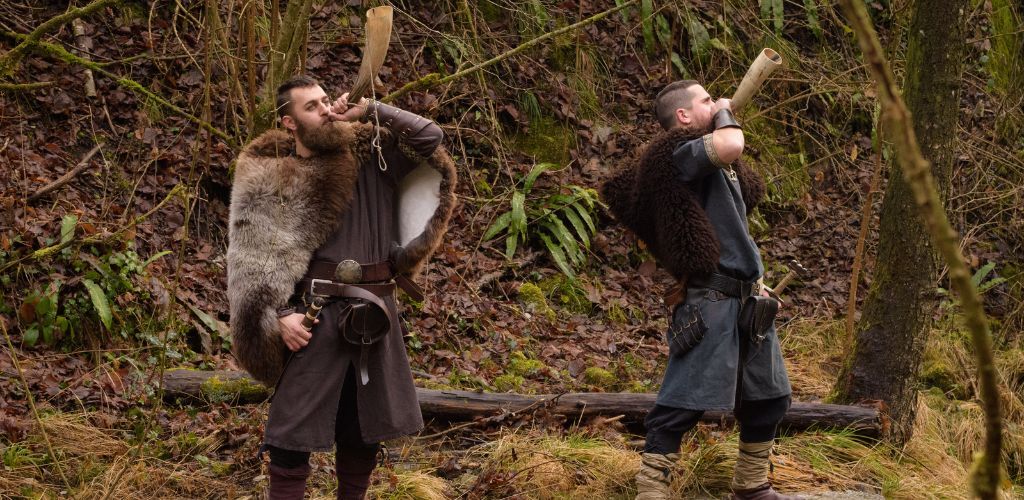

In ancient times, the trumpet was the soundtrack of war, blaring signals across battlefields. Roman armies used it for military purposes, ensuring order amidst chaos. Yet, it didn’t stop there.
The trumpet marched its way into orchestras, blending perfectly with classical music. Let’s say the trumpet found its groove when jazz rolled into town. It became a staple from Duke Ellington to Miles Davis, proving it wasn’t just a one-hit-wonder.
Trumpets Around the Globe:
From China to Peru
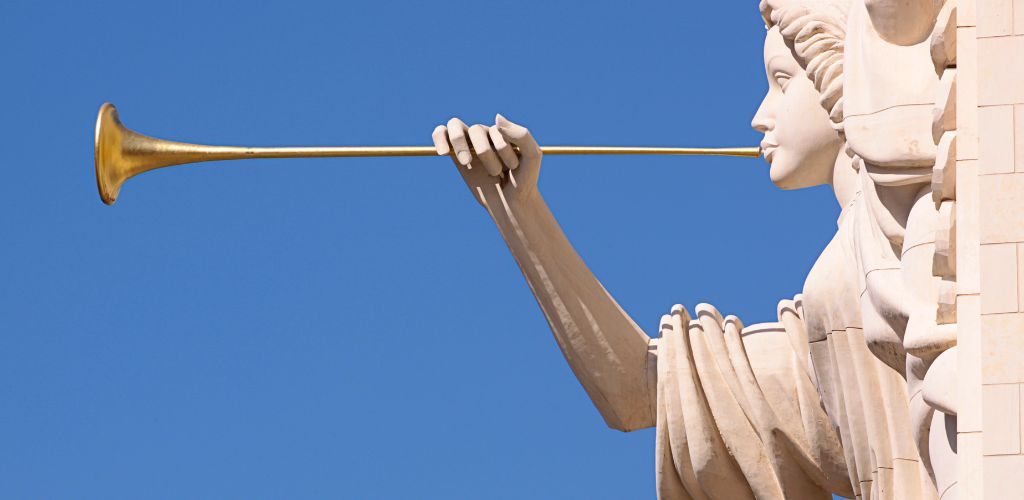
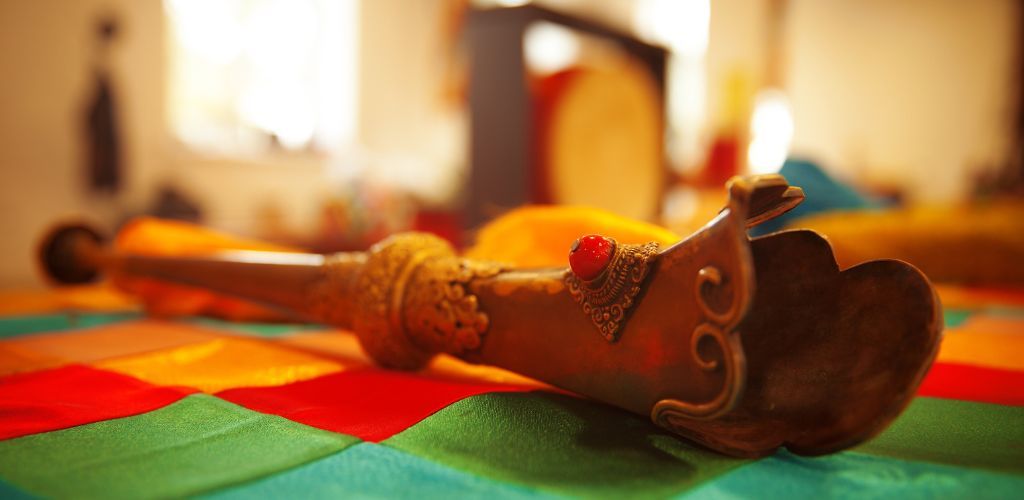
From ancient China’s grand courts to Peru’s lively festivals, the trumpet has been everywhere. In China, trumpets called “laba” were used in ceremonial music, playing tunes fit for emperors. Unlike their shiny modern versions, these instruments were often made of wood or brass, adding a rustic charm.
Meanwhile, in South America, especially Peru, trumpets greatly impacted local celebrations. These brass wonders have long been important, providing a strong backdrop to traditional Andean music.
The Trumpet in Religious and Military Ceremonies
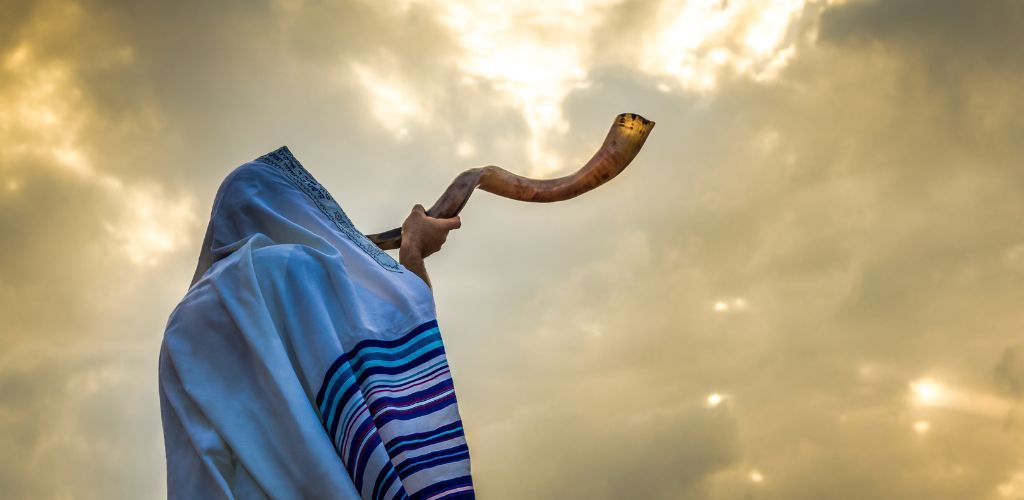
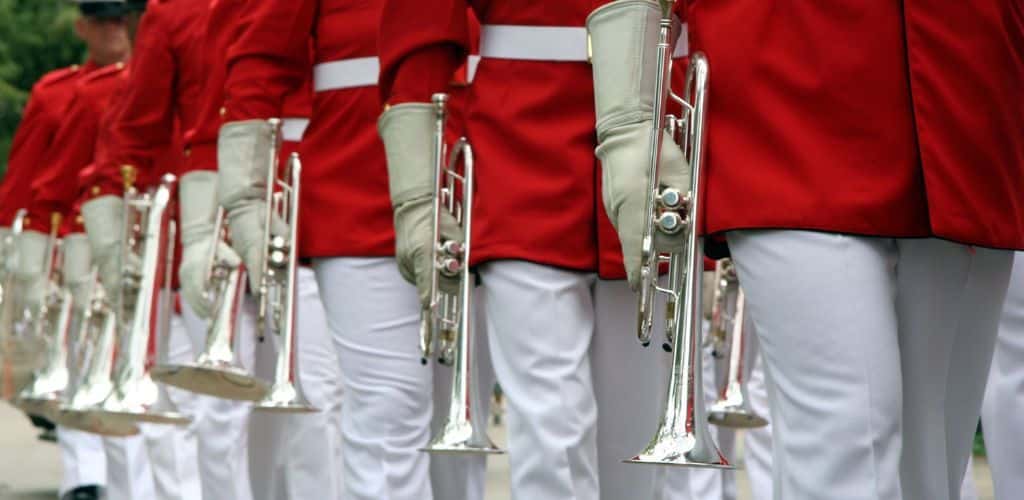
In Jewish ceremonies, ram’s horn trumpets called shofars play important roles. The Bible mentions trumpets signaling important events, from wars to sacred ceremonies. Trumpets were also used in militaries across cultures.
In Scandinavia, trompes were blown to gather troops and declare victory. Latin military traditions also included trumpets to keep order and boost morale. In sacred and martial settings, trumpets serve as powerful signaling devices, commanding attention and lasting impact.
Noteworthy Characters:
The Maestros

Louis Armstrong, often considered the father of jazz trumpet, transformed jazz into a household genre with his innovative playing and infectious personality.
Dizzy Gillespie, with his puffed cheeks and bent trumpet bell, is legendary for his exceptional skill in the bebop era.
Miles Davis redefined modern jazz with his relaxed, understated style, making the trumpet sound as smooth as butter on a hot scone.
Wynton Marsalis has shone as a jazz and classical maestro, winning Grammy Awards across genres and continuing to be a global ambassador for the trumpet.
The rock world has been included, with notable contributions from players like:
Chris Botti, who elegantly blends jazz and pop.
Composing Brass:
The Soundsmiths
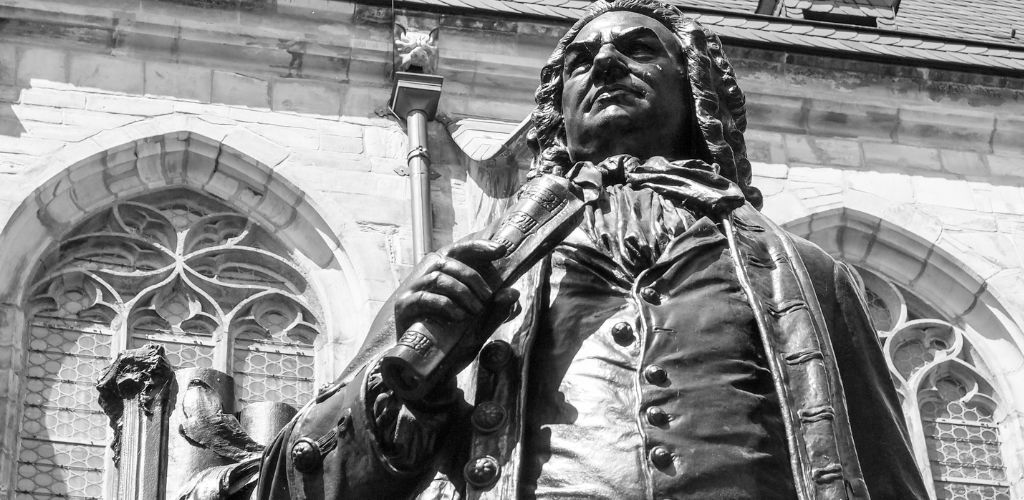
Johann Sebastian Bach and George Frideric Handel, composers from the Baroque era, brilliantly showcased the trumpet’s regal and commanding presence, writing pieces that have stood the test of time.
Bach’s Brandenburg Concerto No. 2 and Handel’s Water Music put the trumpet front and center, illuminating its majestic qualities.
During the Renaissance, the trumpet became a mainstay in orchestras and ensembles. Composers like Heinrich Ignaz Franz Biber crafted intricate trumpet parts that demanded virtuosity and flair.
So, there you have it—trumpets are the rockstars of the instrument world. They’ve seen everything from calling ancient warriors to dinner to jazz clubs and royal halls.
Not many instruments can boast a transformation from humble signaling devices to jazz maestros. Imagine a trumpet wearing sunglasses, jiving to a smooth tune. Now that’s cool.

Seriously though, trumpets are a testament to human ingenuity, from natural horns to valved wonders. They’re a brilliant mix of old and new.
In the end, trumpets are more than metal and valves. They’re sound wizards who have played an epic role in music history, and let’s face it: they’re pretty fun to look at!
Recommended Trumpets
Yamaha YTR2330

FEATURES:
Student Bb trumpet with beginner-friendly features
OTHER INFO: Gold epoxy lacquer finish
- Customizable grip
- Register for a 5-year extended warranty and 3-month Tomplay Premium
- It may be more expensive compared to some entry-level trumpet options
When you click ‘Check Price’, you’ll see there are loads of great places to buy this item. Our personal favorite is Sweetwater for the US, and Thomann and Gear4Music for the UK & Europe.
They are the largest music retailers, with excellent customer service, competitive prices, really fast shipping, and the longest guarantees.
The professional musician who wrote this article combined many things,
from the product build, manufacturer’s reputation through to feedback
from other users, to create our famous TedScore™.
Jupiter JTR700 Standard Bb Trumpet
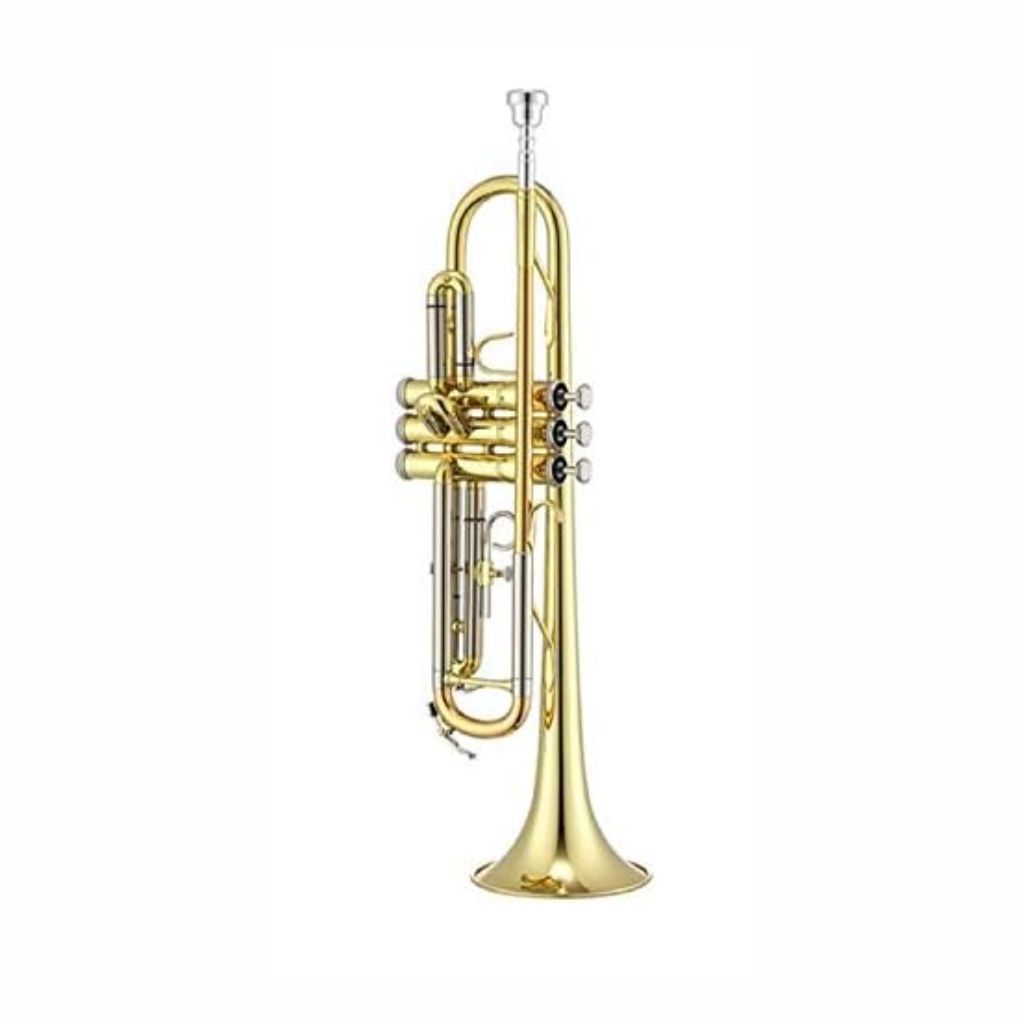
FEATURES: Nickel silver outer slides
OTHER INFO: Clear lacquer finish
- Finger buttons in mother-of-pearl look
- Beginner-friendly breath resistance
- 1st and 3rd valve slides provide effortless adjustability
- It comes with a standard ABS case
- Some users have reported valve sticking issues, impacting playability and necessitating maintenance
When you click ‘Check Price’, you’ll see there are loads of great places to buy this item. Our personal favorite is Sweetwater for the US, and Thomann and Gear4Music for the UK & Europe.
They are the largest music retailers, with excellent customer service, competitive prices, really fast shipping, and the longest guarantees.
The professional musician who wrote this article combined many things,
from the product build, manufacturer’s reputation through to feedback
from other users, to create our famous TedScore™.










So, while the article’s journey from ancient trumpets to their role today is neat and all, I feel like it glosses over a lot of the cultural significance these instruments held in non-Western cultures. Like, in China, trumpets made from bamboo have been used in rituals and as signaling devices for centuries. And the article mentions Peru but doesn’t dive into the Pre-Columbian civilizations and their use of trumpets made from sea shells and ceramics. It’s super important to acknowledge these diverse histories to get a full picture of the trumpet’s global impact.
I found the history of trumpets very enlightening. It’s intriguing to consider the vast journey from conch shells to the modern brass instruments we have today.
Right? Makes you appreciate our trumpets even more.
hey, quick q about the yamaha YTR2330 mentioned at the end – any reason it’s recommended over others? just started looking into upgrading and kinda curious about what makes it stand out, cheers.
Absolutely fascinating piece, Toby! I’m always thrilled to see articles that trace the evolution of musical instruments back to their ancient origins. I had a discussion just last week with my class about the role of trumpets in ancient ceremonies and battlefields. It’s so interesting to think about how these instruments have transitioned from signaling war to starring in orchestral pieces. It really highlights the diverse roles music has played throughout history. Keep up the great work; your article has given me some great material for future lessons!